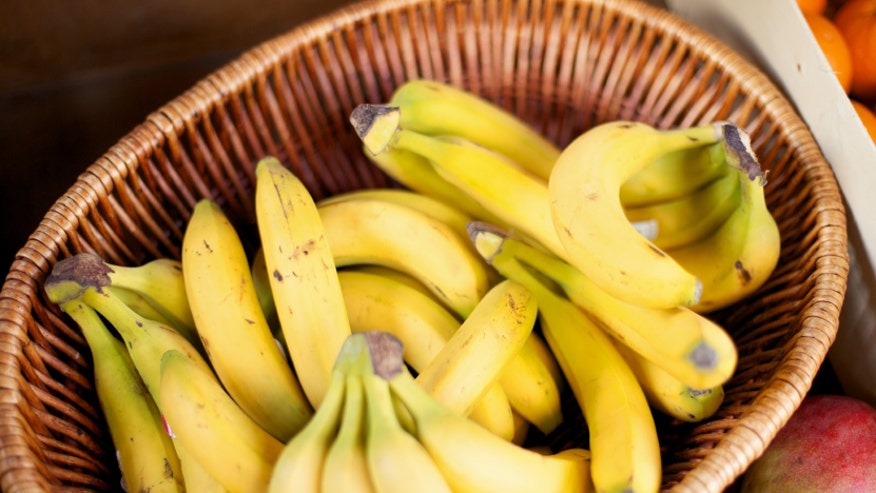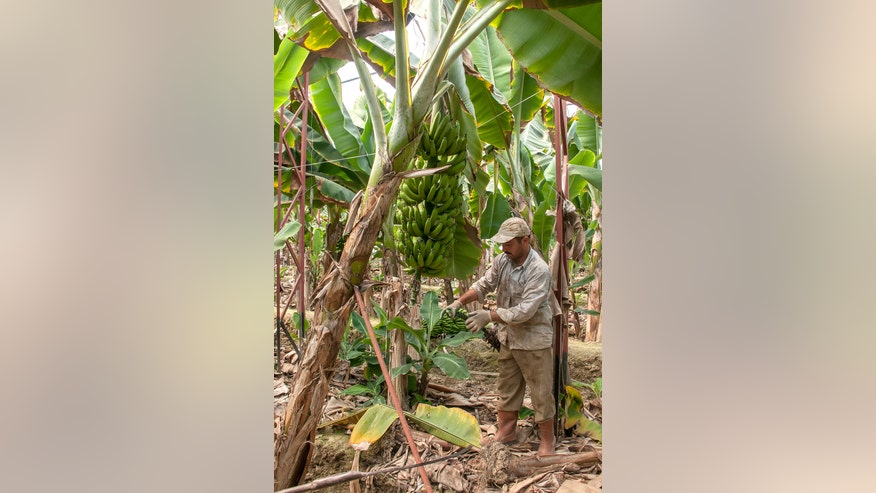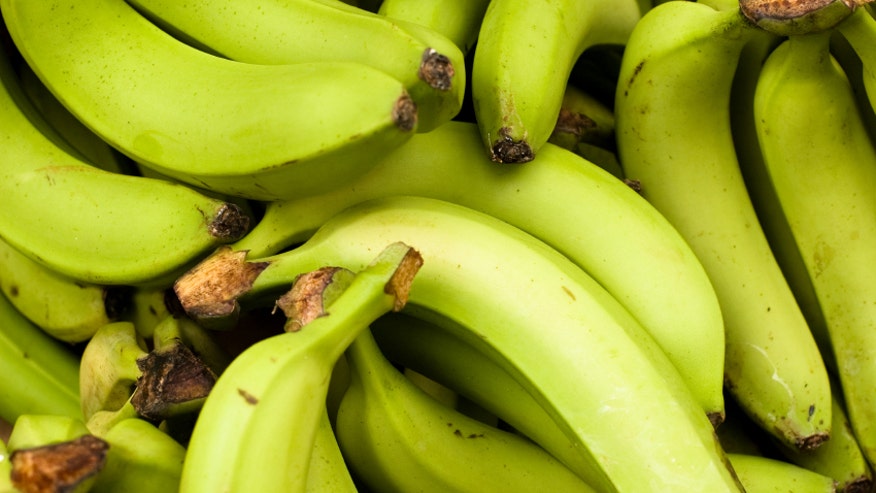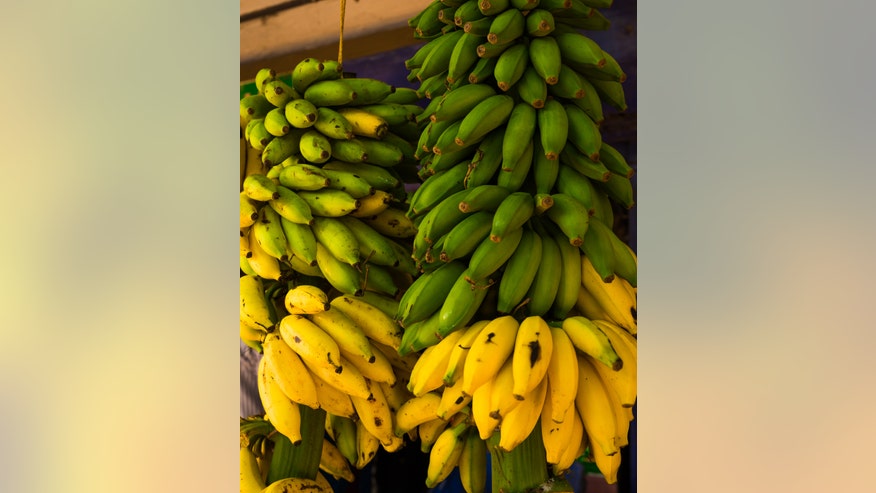Did you know when you purchase a banana you are buying a relic of hegemonic empires?
This humble fruit, born of an inedible seed, has been at the epicenter of exploitation for centuries. Cultivated for its delectable fruit, then exploited for its market power, the banana plant and its tumultuous history make for a wild tale much bigger than that peanut butter and banana sandwich you packed for lunch.
There are almost a thousand varieties of bananas in the world, but the most popular by far is the yellow banana commonly found in the grocery store, known as the Cavendish banana. So how did this tropical fruit end up with a distinctly British-sounding name? Simple: After William Cavendish, sixth Duke of Devonshire, received a shipment of the tropical fruit, he had his personal gardener cultivate this variety of banana in the greenhouse, and the rest is history. With over 150 countries producing bananas, they are one of the world’s most popular fruits.
A lot happened before that perfectly ripe yellow banana arrived at your local supermarket. Today, exploitation and disease continue to threaten the banana industry, but how exactly did the banana go from wild botanical berry to a staple in every kid’s lunchbox?
We have the answers here:
1. Banana: Origins of the Popular Fruit
Bananas, which are considered botanical berries, are most likely native to Australia, but were first cultivated in Papua New Guinea. Journalist and food historian Dan Koeppel explains in his book, Banana: The Fate of the Fruit That Changed the World, that many scholars believe that bananas were actually Eve’s apple in the Garden of Eden.
2. Banana: Cultivation
The cultivation of bananas began centuries ago, but once countries realized the market power of this versatile fruit, people became greedy. Today, the monoculture production methods have destroyed ecosystems and left already-poor countries dependent on this single crop export.
3. Banana: The Rise of Banana Republics
When countries like the United States realized that the warmer climates of Central America could produce better-tasting fruit faster, big companies moved into nations like Honduras, trading roads and infrastructure for land. Cultivation of bananas quickly led to the rise of two dominant forces in the banana industry: Dole and United Fruit Company (i.e. Chiquita). These so-called banana republics, mostly in Central America, became entirely dependent on banana cultivation by the turn of the twentieth century.
4. Banana: Plantain vs. Banana
In reality, there is very little need to differentiate between these two fruits, because of the hundreds of varieties. However practically, plantains usually refer to the larger, greener, and less sweet banana species you see at the grocery store. In Latin cooking, plantains are used for tostones. The dark-skinned “dessert” plantains are used for maduros.

Subscribe
Monitor continues to update the latest from This blog directly in your email!








0 comments to The surprising history behind bananas :
Post a Comment